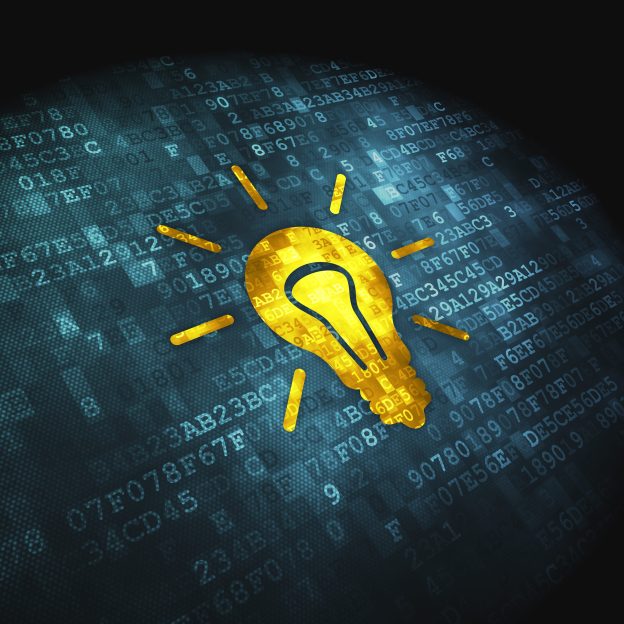
Heavy metal cobalt is a crucial raw material for lithium-ion batteries, though it creates a substantial degree of negative impact to humans and the natural environment, and numerous microorganisms have stayed away from cobalt. Scientists have recently discovered that microorganisms create a layer of “iron shield” to protect themselves from being in contact with toxic cobalt, and the discovery may help with the development in the recycling of lithium ion batteries and the decontamination of heavy metals.
Scientist had previously discovered the potential of geobacter sulfurreducens in power generation, as well as the obtainment of energy from the minerals of iron oxide, in addition to the ability of preventing uranium from polluting the groundwater, and now the research team of the Michigan State University has also discovered a new use for the microbe, which is the capability of resisting to cobalt. Professor Gemma Reguera at the Michigan State University commented that cobalt kills many microorganism by penetrating into their cells before damages.
However, geobacter sulfurreducens not only obtains metal from cobalt, but can also fully retreat by equipping an adequate armor that avoids exposure to a cobalt environment or contact with cobalt. Reguera pointed out that geobacter sulfurreducens forms cobalt nanoparticles on the surface, and transforms itself into a metallic shield, which bears a slight resemblance to Iron man and his suit. The research team also placed geobacter sulfurreducens within an environment that contains a higher volume of cobalt compared to that of earth during the experiment, and discovered that the geobacter sulfurreducens managed to reside within its own solid cocoon and continued to reproduce.
The research team believes this rare talent of geobacter sulfurreducens makes it applicable in the recycling process of lithium-ion batteries in the future, which reduces the dependency on imported cobalt for the US, or the disposal of heavy metal pollution. The next step for the research team is to study if geobacter sulfurreducens is able to absorb heavy metals such as cadmium.
Cobalt has becoming increasingly sought after alongside the rise of electric vehicles and battery energy storage systems, thus a circular economy that comprises of a reduction in social and environmental risks derived from inappropriate excavation and recycling, R&D on recycling technology, and the establishment of a recycling chain is indeed necessary, while fulfilling economic factors.
(The light grey area in the first photo is the geobacter sulfurreducens, whereas the black area is cobalt. Source: Michigan State University)







